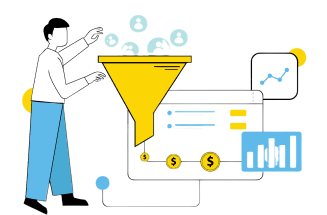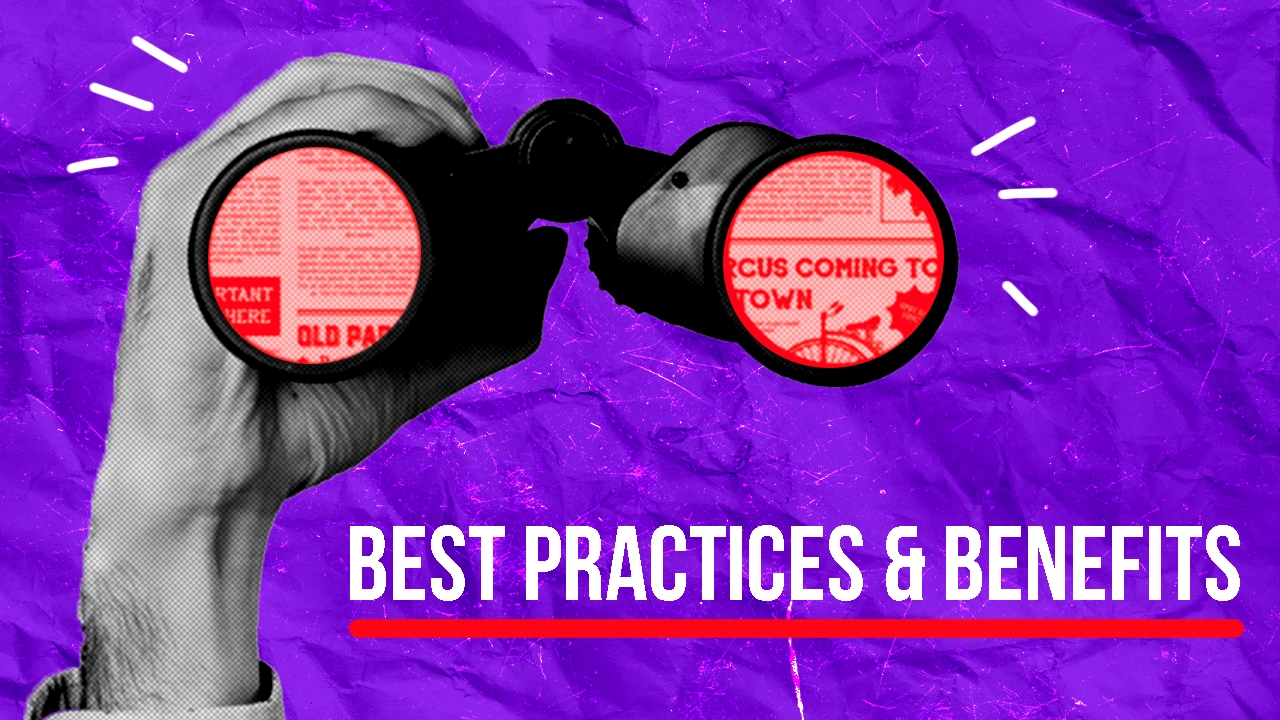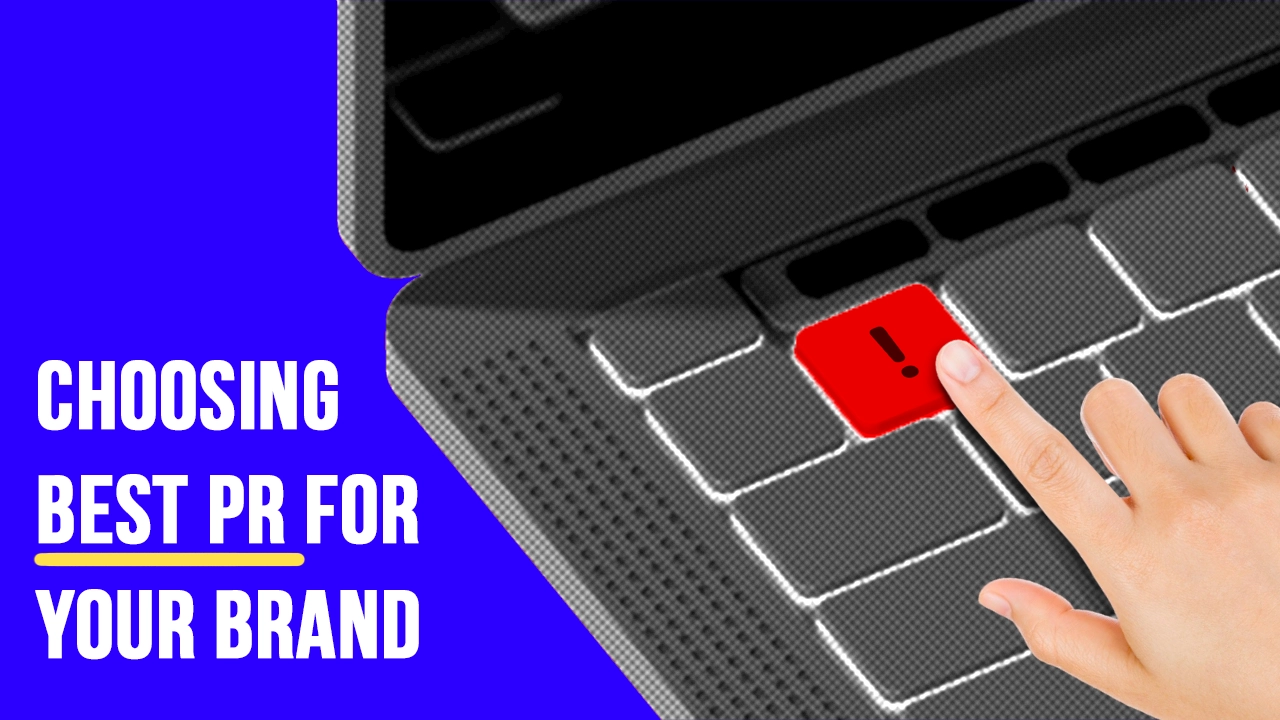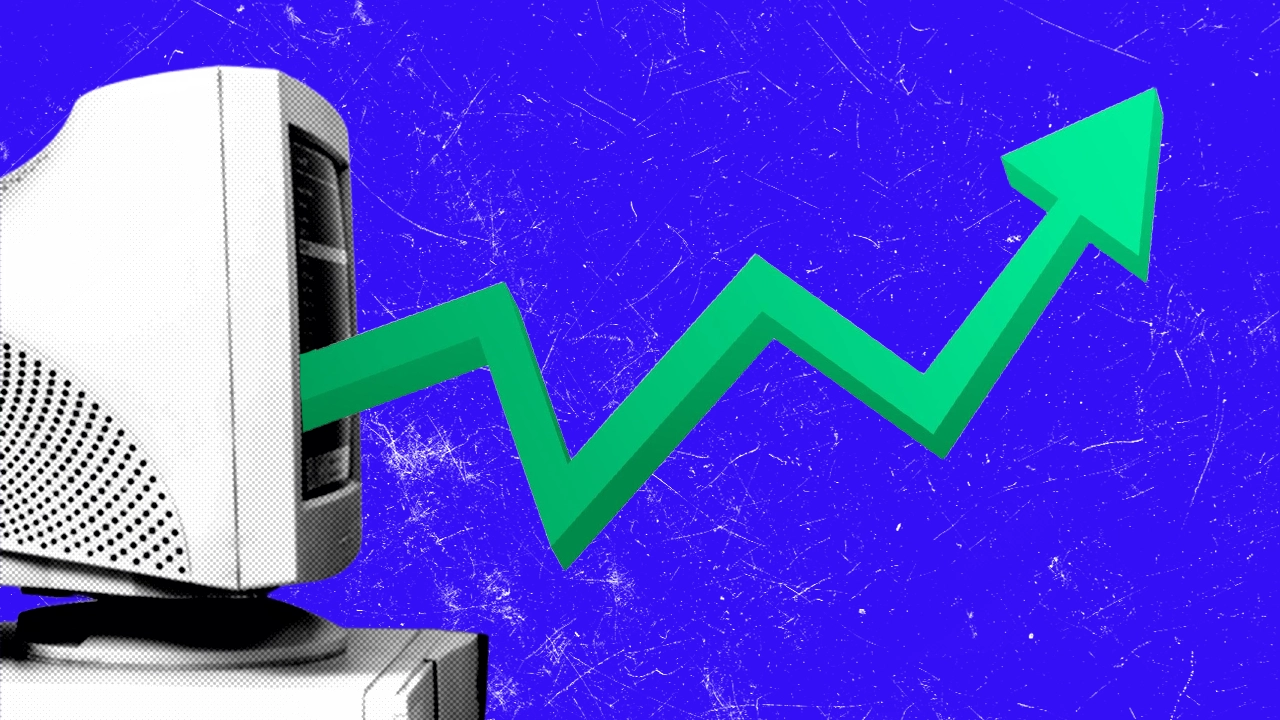In today’s fast-paced digital landscape, press release distribution has evolved from a simple PR tactic to a strategic powerhouse for brands looking to amplify their news, build credibility, and drive measurable results. But what exactly is press release distribution, and how does it work in 2025?
At its core, press release distribution is the process of disseminating your news—whether it’s a product launch, a company milestone, or a thought leadership piece—to a wide network of journalists, media outlets, and online platforms. When done right, it can:
- Boost brand visibility by getting your story in front of thousands (or even millions) of readers.
- Enhance SEO through backlinks from high-authority media sites.
- Drive targeted traffic to your website or landing pages.
- Build relationships with journalists and influencers in your industry.
But here’s the catch: Not all press releases are created equal. A poorly written or poorly distributed press release can fall flat, wasting time, money, and opportunities. That’s why understanding the step-by-step process of press release distribution is crucial for success.
In this guide, we’ll break down exactly how press release distribution works, from crafting a compelling story to choosing the right distribution channels and measuring your results. You’ll also discover real-world examples of brands like VisaIyon Ebike, Vicharak, and Sudipta’s English Academy that leveraged strategic distribution to achieve media dominance—and how GlobalWave PR can help you replicate their success.
Whether you’re a startup looking to make a splash or an established brand aiming to stay ahead of the competition, this guide will equip you with the tools, strategies, and insights you need to master press release distribution in 2025.
Table of Contents
Step 1: Crafting a Newsworthy Press Release

The success of your press release distribution campaign hinges on one critical factor: the quality of your press release. A well-crafted press release not only grabs attention but also compels journalists and readers to take action. Here’s how to create a press release that stands out:
A. Start with a Compelling Headline
Your headline is the first thing journalists and readers see, so it needs to be attention-grabbing, concise, and keyword-rich. Follow these tips:
- Use Action Verbs: Words like “launch,” “unveil,” “announce,” and “introduce” create a sense of urgency and excitement.
- Include Keywords: Incorporate your target keyword (e.g., “press release distribution”) naturally.
- Keep It Short: Aim for 60–70 characters to ensure it displays fully in search results and social media.
Example Headlines:
- “GlobalWave PR Launches AI-Powered Press Release Distribution Platform”
- “VisaIyon Ebike Unveils World’s First Solar-Powered Electric Bike”
B. Structure Your Press Release for Maximum Impact
A well-structured press release is easy to read and provides all the essential information upfront. Follow this proven format:
- Dateline:
- Include the city, state, and date of the announcement (e.g., “Mumbai, India – May 15, 2025”).
- Introduction (Lead Paragraph):
- Summarize the who, what, when, where, why, and how in 1–2 sentences.
- Example: “GlobalWave PR, a leading press release distribution service, today announced the launch of its AI-powered platform designed to help businesses amplify their news and reach targeted audiences worldwide.”
- Body:
- Provide details, quotes, and data to support your announcement.
- Use subheadings (H2s) to break up the text and improve readability.
- Example:
- “The new platform features real-time analytics, multimedia integration, and global distribution to 500+ media outlets.”
- “According to a recent study, businesses that use press release distribution see a 200% increase in media coverage.”
- Boilerplate:
- Include a brief company overview (50–100 words) at the end of the press release.
- Example: “GlobalWave PR is a leading press release distribution service that helps businesses of all sizes amplify their news and reach targeted audiences worldwide. With a network of 500+ media outlets and advanced analytics, GlobalWave PR ensures your story gets the attention it deserves.”
C. Add Multimedia Elements
In today’s visual-driven world, multimedia elements like images, videos, and infographics can significantly boost engagement. Here’s how to use them effectively:
- Images: Include high-resolution photos of your product, team, or event.
- Videos: Add a short explainer video or customer testimonial.
- Infographics: Use visuals to simplify complex data or processes.
Case Study: Vicharak’s Educational Innovation used a multimedia press release to explain their AI-powered learning platform, resulting in 50+ media pickups and a 70% increase in engagement.
D. Optimize for SEO
To ensure your press release ranks well in search engines and drives organic traffic, follow these SEO best practices:
- Keyword Placement: Include your target keyword (e.g., “press release distribution”) in the headline, first paragraph, and 2–3 times throughout the body.
- Semantic Keywords: Use related terms like “media outreach,” “news distribution,” and “press release SEO.”
- Internal Linking: Link to relevant pages on your website (e.g., “Learn more about our press release distribution services”).
Step 2: Choosing the Right Distribution Platform
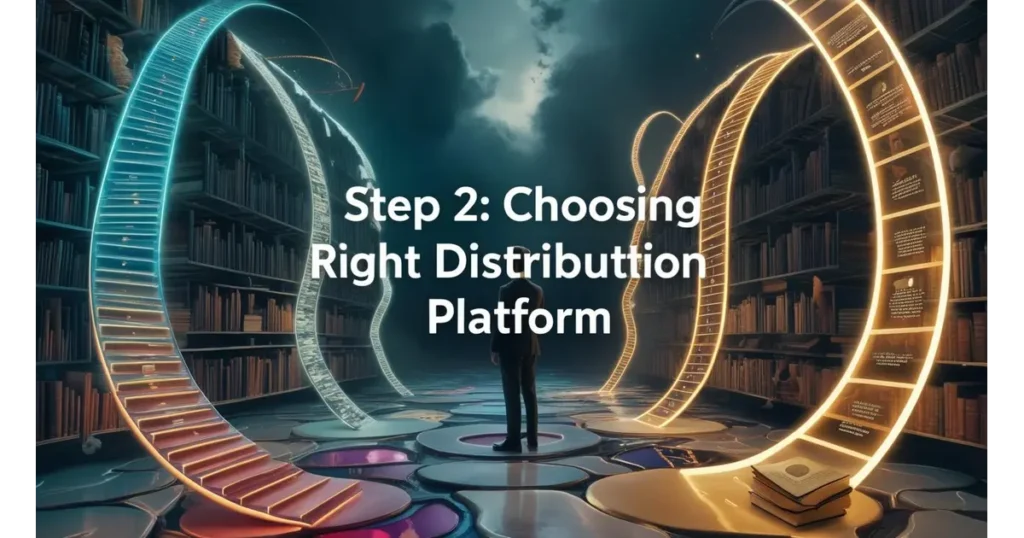
Once your press release is polished and ready, the next step is selecting the right distribution platform. This decision can make or break your campaign. With countless options available, it’s essential to choose a platform that aligns with your goals, budget, and target audience. Here’s how to make the right choice:
A. Types of Press Release Distribution Services
Not all distribution platforms are created equal. Here’s a breakdown of the most common types:
- Global Distribution Networks
- Examples: PR Newswire, Business Wire, GlobeNewswire.
- Best For: Brands looking for maximum reach across international markets.
- Pros:
- Access to thousands of media outlets, including major publications like Forbes, Reuters, and Bloomberg.
- Advanced analytics to track performance.
- Cons:
- Higher costs (typically $500–$2,000 per release).
- Less targeted compared to niche platforms.
- Niche Distribution Platforms
- Examples: Industry-specific wires like PR.com or Newswire Today.
- Best For: Brands targeting specific industries (e.g., tech, healthcare, education).
- Pros:
- Highly targeted outreach to relevant journalists and outlets.
- Often more affordable than global networks.
- Cons:
- Limited reach outside the chosen niche.
- Free Distribution Services
- Examples: PRLog, OnlinePRNews.
- Best For: Small businesses or startups with limited budgets.
- Pros:
- Cost-effective (often free or under $50).
- Easy to use and quick to publish.
- Cons:
- Limited reach and credibility.
- Minimal or no analytics.
B. Why GlobalWave PR Stands Out
While there are many options, GlobalWave PR offers a unique blend of global reach, niche targeting, and affordability. Here’s why it’s the go-to choice for businesses of all sizes:
- Global + Niche Reach: Distribute your press release to 500+ media outlets worldwide, including industry-specific platforms.
- Multimedia Support: Add videos, infographics, and high-res images to make your release stand out.
- Real-Time Analytics: Track pickups, engagement, and SEO impact with detailed reports.
- Affordable Packages: Customizable plans to fit any budget, starting at just $199.
Case Study: VisaIyon Ebike used GlobalWave PR’s niche targeting to reach green tech blogs and sustainability journals, resulting in 30+ media pickups and a 300% increase in website traffic.
Step 3: Targeting the Right Audience

Even the most well-crafted press release will fall flat if it doesn’t reach the right audience. Targeting is the key to maximizing your campaign’s impact. Here’s how to do it effectively:
A. Geographic Targeting
Your audience’s location plays a crucial role in your distribution strategy. Consider:
- Local Distribution: Ideal for small businesses or regional announcements.
- Example: Sudipta’s English Academy focused on Indian education portals before expanding nationally.
- Global Distribution: Best for international brands or large-scale announcements.
Pro Tip: Use platforms like GlobalWave PR to customize your geographic reach and ensure your news resonates with the right audience.
B. Industry-Specific Targeting
Different industries have different media preferences. Tailor your distribution to:
- Tech: Target outlets like TechCrunch, Wired, and VentureBeat.
- Healthcare: Focus on journals like Medical News Today and Healthline.
- Education: Reach out to platforms like EdTech Magazine and The Chronicle of Higher Education.
Case Study: Vicharak’s AI Learning Platform used industry-specific targeting to secure features in 10+ education and tech blogs, driving partnerships with schools and universities.
C. Media Type Targeting
Not all media types are created equal. Choose the ones that align with your goals:
- Print Media: Newspapers and magazines for credibility and authority.
- Digital Media: Blogs and online publications for SEO and traffic.
- Broadcast Media: TV and radio for mass reach and engagement.
D. Journalist Outreach
Beyond distribution platforms, personalized outreach to journalists can significantly boost your chances of coverage. Here’s how:
- Build a Media List: Identify journalists who cover your industry.
- Craft a Personalized Pitch: Highlight why your story is relevant to their audience.
- Follow Up: Send a polite follow-up email if you don’t hear back within a week.
Pro Tip: Use tools like Cision or Muck Rack to find journalists and track their coverage.
Step 4: Distribution & Amplification
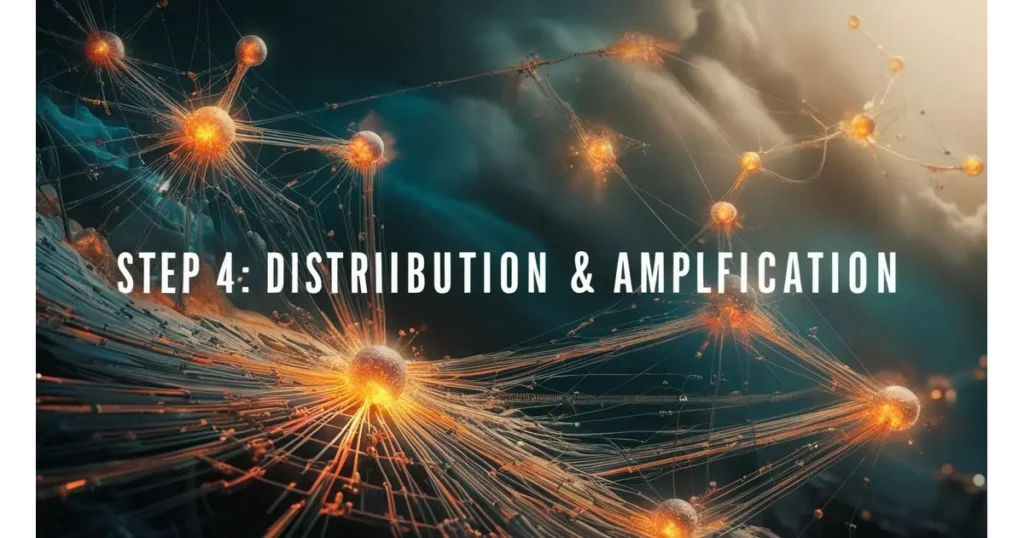
Once your press release is crafted and your target audience is defined, it’s time to distribute and amplify your news. This step ensures your press release reaches the right people and generates maximum impact. Here’s how to do it effectively:
A. Scheduling Your Press Release
Timing is everything in press release distribution. Follow these best practices:
- Media-Friendly Hours: Distribute your press release between 10 AM and 2 PM local time to maximize visibility.
- Avoid Holidays and Weekends: Journalists are less likely to cover news during these times.
- Consider Time Zones: If targeting a global audience, schedule releases to align with peak hours in key regions.
Pro Tip: Use platforms like GlobalWave PR to schedule your press release in advance and ensure it goes live at the optimal time.
B. Multimedia Integration
In today’s visual-driven world, multimedia elements can significantly boost engagement and coverage. Here’s how to use them effectively:
- Images: Include high-resolution photos of your product, team, or event.
- Example: VisaIyon Ebike used product images to showcase their solar-powered bike, resulting in 20+ visual features in media outlets.
- Videos: Add a short explainer video or customer testimonial.
- Example: Vicharak’s Educational Innovation included a 2-minute demo video, boosting engagement by 70%.
- Infographics: Use visuals to simplify complex data or processes.
- Example: A press release about market trends could include an infographic summarizing key statistics.
C. Syndication and SEO Benefits
When you distribute your press release through a platform like GlobalWave PR, it gets syndicated to high-authority sites like Google News, Yahoo! Finance, and industry-specific blogs. This not only boosts visibility but also provides SEO benefits:
- Backlinks: Earn links from reputable domains, improving your website’s authority.
- Keyword Rankings: Target keywords like “press release distribution” to rank higher in search results.
- Increased Traffic: Drive referral traffic from media outlets and news sites.
Case Study: After distributing a press release for Sudipta’s English Academy, the company saw a 200% increase in organic traffic and 15 high-authority backlinks.
D. Social Media Amplification
Don’t rely solely on distribution platforms—amplify your press release on social media to reach a wider audience. Here’s how:
- Share on LinkedIn: Post your press release with a catchy headline and relevant hashtags (e.g., #PressRelease, #PRDistribution).
- Tweet Key Highlights: Share bite-sized takeaways with a link to the full release.
- Engage with Followers: Respond to comments and questions to keep the conversation going.
Pro Tip: Use tools like Hootsuite or Buffer to schedule social media posts and track engagement.
Step 5: Tracking & Optimization
The final step in the press release distribution process is tracking and optimizing your results. This ensures you’re getting the most out of your campaign and provides insights for future improvements. Here’s how to do it:
A. Key Metrics to Track
- Media Pickups:
- How many outlets covered your press release?
- Use tools like Meltwater or Google Alerts to monitor coverage.
- Website Traffic:
- Track referral traffic from media outlets using Google Analytics.
- Example: VisaIyon Ebike saw a 300% increase in website traffic after their press release.
- SEO Impact:
- Monitor keyword rankings and backlinks using tools like Ahrefs or Semrush.
- Example: A press release targeting “solar-powered bikes” helped VisaIyon rank on the first page of Google for related keywords.
- Engagement Metrics:
- Track social media shares, comments, and likes.
- Use platform analytics (e.g., LinkedIn Insights, Twitter Analytics) to measure performance.
B. Analyzing Results
Once you’ve collected data, analyze it to identify what worked and what didn’t:
- High-Performing Outlets: Focus on building relationships with journalists from these outlets for future campaigns.
- Low-Performing Elements: Identify areas for improvement (e.g., stronger headlines, better targeting).
Case Study: After analyzing their press release campaign, Vicharak discovered that multimedia elements drove the most engagement, leading them to prioritize visuals in future releases.
C. Optimizing Future Campaigns
Use your insights to refine your strategy:
- A/B Test Headlines: Experiment with different headlines to see what resonates best.
- Expand Targeting: Include additional niches or regions based on past performance.
- Leverage Success Stories: Highlight previous wins (e.g., “As featured in Forbes and TechCrunch”) to build credibility.
Advanced Strategies for Maximum Impact
To truly stand out in today’s competitive media landscape, you need to go beyond the basics. These advanced strategies will help you maximize the impact of your press release distribution campaigns:
A. Repurpose Your Press Release
Don’t let your press release gather dust after distribution. Repurpose it into multiple formats to extend its reach and lifespan:
- Blog Posts: Turn your press release into a detailed blog post for your website.
- Example: “5 Lessons from VisaIyon Ebike’s Successful Press Release Campaign”.
- Social Media Content: Share key takeaways, quotes, and visuals on platforms like LinkedIn, Twitter, and Instagram.
- Email Newsletters: Include a summary of your press release in your next newsletter.
- Podcasts or Webinars: Discuss the news in an audio or video format.
Pro Tip: Use tools like Canva to create social media graphics or Lumen5 to turn your press release into a video.
B. Leverage Social Proof
Social proof builds credibility and trust. Here’s how to use it effectively:
- Media Logos: Display logos of outlets that covered your press release (e.g., “As featured in Forbes and TechCrunch”).
- Testimonials: Include quotes from satisfied customers or partners.
- Case Studies: Highlight past successes to show what’s possible.
Case Study: Sudipta’s English Academy used media logos and testimonials in their follow-up campaigns, resulting in a 50% increase in inquiries.
C. Retargeting Ads
Retargeting ensures your press release reaches people who showed interest but didn’t take action. Here’s how to do it:
- Google Ads: Retarget visitors who clicked on your press release but didn’t convert.
- Social Media Ads: Use platforms like Facebook and LinkedIn to retarget engaged users.
- Dynamic Ads: Show personalized ads based on users’ interactions with your press release.
D. Build Relationships with Journalists
Long-term relationships with journalists can lead to ongoing coverage. Here’s how to nurture them:
- Personalized Pitches: Tailor your pitches to each journalist’s interests and beat.
- Follow-Ups: Send a thank-you email after coverage and offer exclusives for future stories.
- Networking: Attend industry events or connect on LinkedIn.
Pro Tip: Use tools like Hunter.io to find journalists’ email addresses or Muck Rack to track their coverage.
Real-World Success: GlobalWave PR Case Studies
Nothing speaks louder than real-world results. Here are three case studies that showcase how GlobalWave PR helped brands achieve media dominance:
Case Study 1: VisaIyon Ebike
- Challenge: A startup struggling to gain visibility in the competitive green tech market.
- Solution: A multimedia press release distributed through GlobalWave PR’s niche targeting strategy.
- Result:
- Featured in 30+ media outlets, including Forbes and Green Tech Media.
- 300% increase in website traffic and 15 high-authority backlinks.
- Secured partnerships with 5 major retailers.
Read the full case study here.
Case Study 2: Vicharak’s Educational Innovation
- Challenge: Explaining a complex AI-powered learning platform to non-technical audiences.
- Solution: A visual-heavy press release with infographics and a demo video.
- Result:
- Covered by 50+ education and tech blogs.
- 70% increase in engagement and 10+ school partnerships.
- Ranked on the first page of Google for “AI-powered learning platforms”.
Explore Vicharak’s success story here.
Case Study 3: Sudipta’s English Academy
- Challenge: A local academy aiming to attract national attention.
- Solution: Targeted press release distribution to Indian education portals and regional newspapers.
- Result:
- Featured in The Times of India and 30+ outlets.
- 200% increase in enrollment and 50% more inquiries.
- Established as a nationally recognized brand.
Discover how Sudipta’s Academy achieved success here
Tools & Platforms for Effective Distribution
Choosing the right tools and platforms is critical for maximizing the reach and impact of your press release. Below is a curated list of best-in-class solutions, including GlobalWave PR’s services, to streamline your distribution process:
A. GlobalWave PR Services
Why It Stands Out:
- Global + Niche Reach: Distribute to 500+ media outlets worldwide, including industry-specific platforms.
- Multimedia Integration: Add videos, infographics, and high-res images to captivate audiences.
- Real-Time Analytics: Track pickups, engagement, and SEO performance with detailed dashboards.
- Affordable Pricing: Packages start at $199, with customizable plans for startups and enterprises.
Case Study: VisaIyon Ebike used GlobalWave PR’s niche targeting to secure coverage in 30+ green tech outlets, driving a 300% surge in sales inquiries.
Explore GlobalWave PR’s Press Release Services →
B. Top Press Release Distribution Platforms
- PR Newswire
- Best For: Global enterprises needing wide-reaching distribution.
- Features: Access to 5,000+ media outlets, SEO optimization, and advanced analytics.
- Pricing: Starts at $1,000 per release.
- Business Wire
- Best For: Financial and corporate announcements.
- Features: Integration with Bloomberg, Reuters, and investor networks.
- Pricing: Custom quotes based on distribution scope.
- Cision
- Best For: Media monitoring and journalist outreach.
- Features: Media database, coverage tracking, and press release distribution.
- Pricing: Starts at $3,000/year.
- PRLog (Free Option)
- Best For: Small businesses on a budget.
- Features: Free basic distribution, SEO-friendly formatting.
- Drawbacks: Limited reach and credibility compared to paid platforms.
C. Tools for Enhancing Press Releases
- Canva: Create eye-catching visuals and infographics.
- Grammarly: Ensure error-free, polished writing.
- Ahrefs/Semrush: Track keyword rankings and backlinks post-distribution.
- Hootsuite: Amplify your press release on social media.
FAQs About Press Release Distribution
How much does press release distribution cost?
Costs vary based on platform and reach:
Free Services: $0–$50 (e.g., PRLog).
Mid-Tier Platforms: $200–$1,000 (e.g., GlobalWave PR, EIN Presswire).
Premium Networks: $1,000–$5,000 (e.g., PR Newswire, Business Wire).
How long does it take for a press release to get published?
Most outlets publish within 24–48 hours. However, timing depends on:
Platform Workflow: Automated platforms like GlobalWave PR publish instantly.
Journalist Schedules: Pitches to journalists may take days or weeks for coverage.
Can press releases improve SEO?
Yes! Press releases boost SEO by:
Generating high-quality backlinks from authoritative domains.
Targeting keywords like “press release distribution” in content.
Driving referral traffic from media outlets.
Case Study: Vicharak ranked on page 1 of Google for “AI-powered learning platforms” after distributing an optimized press release.
Why choose GlobalWave PR over other platforms?
Tailored Targeting: Reach niche audiences and global networks.
Cost-Effective: Premium features at startup-friendly prices.
Dedicated Support: 24/7 customer service and campaign guidance.
Conclusion
Press release distribution is a powerful tool for building brand authority, driving traffic, and achieving measurable business results. By leveraging the right platforms (like GlobalWave PR), advanced strategies, and data-driven optimization, you can turn every press release into a catalyst for growth.
Ready to amplify your next announcement?
Explore GlobalWave PR’s press release distribution services



